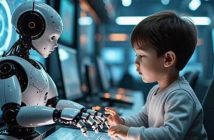Technology – love it, hate it, or pledge indifference – that doesn’t mean it’s escapable. The job market around the world has changed as the highest earning jobs require more than just higher education; they require on-the-job learning, innovation, flexibility, and quick thinking. The latest catch phrase in education circles is the term “21st-century learning” that aims to maximize learning to better prepare students for the unpredictability of the future, global job market.
Traditional learning methodologies can’t hack it anymore, as they aimed to produce mostly scholars or company men. The strain for change has led to an increment of creativity for both teachers and students in how the learning environment has to adapt. Educators from around the world such as Sugata Mitra and Sir Ken Robinson have stressed the importance of creativity and the shifting paradigms in education in their TED Talks.
We spoke to educators from the International School of Beijing (ISB) and Beijing World Youth Academy (BWYA) to learn how they use tech in the classroom to connect students to the real world. Clint Hamada, American, is a relative newcomer to Beijing, having only started at ISB in August this year as the Pre-Kindergarten 3 – Grade12 Educational Technology Coordinator. However, he isn’t new to education as he has been teaching for the past 20 years. Hamada started off as a high school math teacher in the US and has lived and worked in international postings since 2000. He taught math and held the role of educational technology facilitator/coach/coordinator in Japan, Tanzania, and Vietnam before landing in China.
Fellow American Lindsey Devillier is the Educational Technology Coordinator/MYP Language Acquisition Teacher at BWYA. Devillier has called Beijing home for the past seven years and has been an educator for over ten years. Adventure, culture, family, and lifestyle are some of the reasons for moving and staying in Beijing.
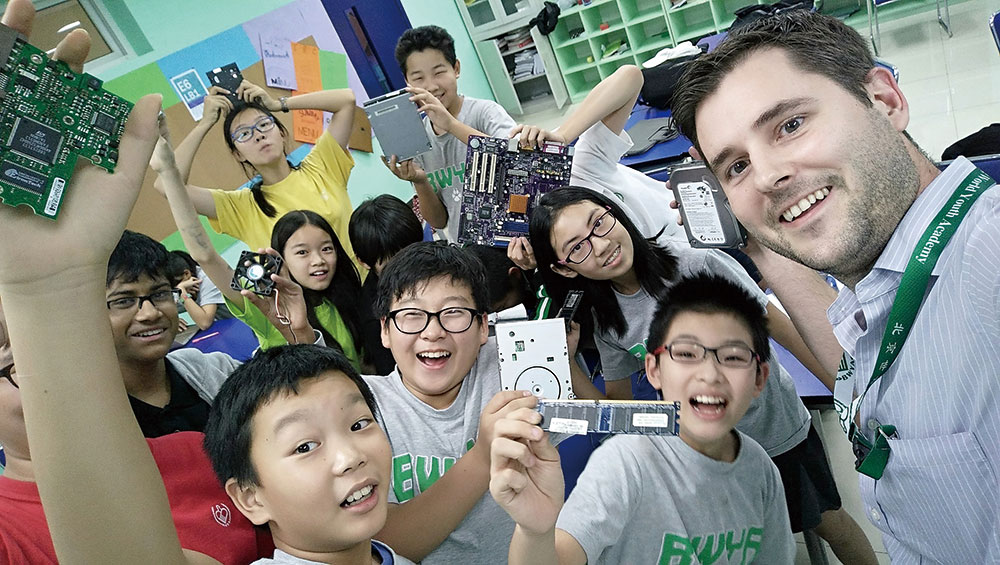
Lindsey Devillier with his students and their tech at Beijing World Youth Academy (BWYA).
Through the many online communications platforms available, teachers also connect students to subject matter experts around the world, such as engineers, biologists, or authors, allowing students to garner new insights about concepts they study in class.
Learning the 21st Century Way
The 21st century skills movement argues that schools should focus on basic new skills such as collaboration, critical thinking and problem solving, and concepts like media literacy, civic responsibility, and global awareness. Most international schools in Beijing’s core learning structures are developed to give students the capabilities of leveraging their unique position of learning in a global environment.
ISB has created their own framework called “Learning21@ISB,” short form is “L21,” which is their main approach to learning. BWYA uses the International Primary Curriculum and IB’s Middle Years and Diploma Programmes as their preferred approach to learning.
Hamada says, “We don’t actually teach Technology. Gone are the days of students sitting in computer labs learning how to create hanging indents in word processing documents or how to insert clip-art cartoons into presentations. Instead, we use [opportunity]to personalize their learning experiences through inquiry-based, project-based, and experiential learning opportunities.”
Two years ago ISB started the Futures Academy where students apply to be considered. It started off in middle school – Grade 7 – and now is offered in high school as of this academic year.
Hamada says, “In our Futures Academy in both Middle School and High School, there is a drive to meet the same learning standards across the schools by connecting the learning more explicitly to the passions and interests of individual students. This requires students to constantly engage with real-world issues in challenging ways. The development of learning networks across the classroom, across the school and across the globe, along with access to academic and professional information databases, allows our students access to experts and research in ways identical to scientists, mathematicians and other professionals around the world.”
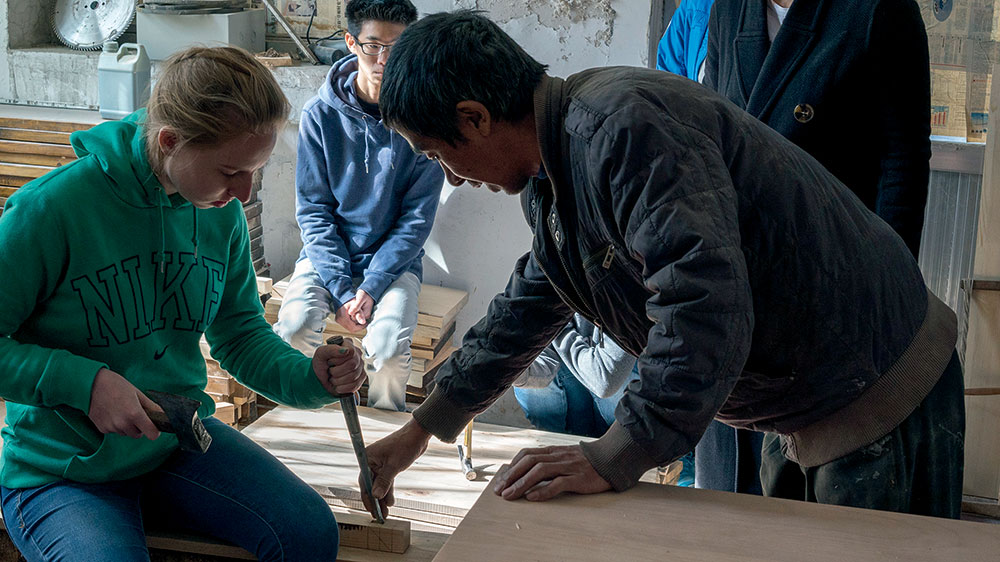
“Global, digital citizens” also means eyes are kept on aspects of learning, as seen here with International School of Beijing (ISB) students in the Futures Lab learning wood-working skills.
At BWYA, the ultimate goal is the same.
“In traditional classroom environments, students are limited to the shared knowledge within the room of either their teachers or peers. However, when teachers adopt technologies to connect students to other resources, they expand opportunities for learning. Through the many online communications platforms available, teachers also connect students to subject matter experts around the world, such as engineers, biologists, or authors, allowing students to garner new insights about concepts they study in class. One of the most important ways that technology is changing the way students learn is through authenticity. Students use technology to create and share their learning, passions and creations with global audiences. Most importantly, this digital stage allows students to join in a global discussion about the challenges they face in their lifetimes,” says Devillier.
The most noticeable misconception about the digital era is that online and off-line, interactions are clearly distinct. This isn’t the case as students constantly switch between online and off-line therefore making it important for students to learn to be more aware as digital citizens.
Devillier states, “As BWYA students develop as digital citizens through online learning environments and digitally sharing their creations with the community, our hope is that our students will graduate with the mindset that as digital citizens their online presence is as important as their off-line presence.”
“The challenge for students is to understand the impact and the implications of the new reality since not very many people before them have come of age in that reality. Our role as teachers is to guide them, to help them have conversations and discussions about those impacts, and to share the lessons we’ve learned in our lifetimes that could help them make sense of what’s going on in their lifetimes,” says Hamada. Evolving Pedagogy
Evolving Pedagogy
There cannot be evolution of the education sector without the educators diving deeper into learning new strategies. As teachers evolve so do students and vice versa. Most educators are embracing the change and have found ways to incorporate that in their lesson design.
“In the 21st century, everyone will have an online presence through various forms of social media, and because of this, teachers are opening up to the idea that schools must play a role in teaching students the importance of technology for academic purposes and establishing a positive online presence,” says Devillier.
On some short holidays and mid semester breaks (mid-term in British based systems), schools have professional development days for their staff to encourage learning new ways.
Hamada says, “Teachers are encouraged to constantly improve their own professional practice, through independent inquiry, research and development grants, collaboration with peers locally and globally, and formal and informal professional learning.”
BWYA uses popular open source learning management system, Moodle. According to the Moodle website, it’s a “learning platform designed to provide educators, administrators, and learners with a single robust, secure and integrated system to create personalized learning environments.” Moodle HQ, an Australian based company with about 30 developers, built and maintains this program. BYWA uses Moodle to create blended learning environments.
“Blended learning is a popular learning approach that “blends” face-to-face classroom instruction with online learning strategies. These online learning environments provide students with opportunities to take classroom discussions online or engage in self-learning tasks created by our teachers, allowing students to develop as independent learners. Through Moodle, teachers are also able to curate various resources from around the world to bring current global issues to the forefront of student learning experiences.”
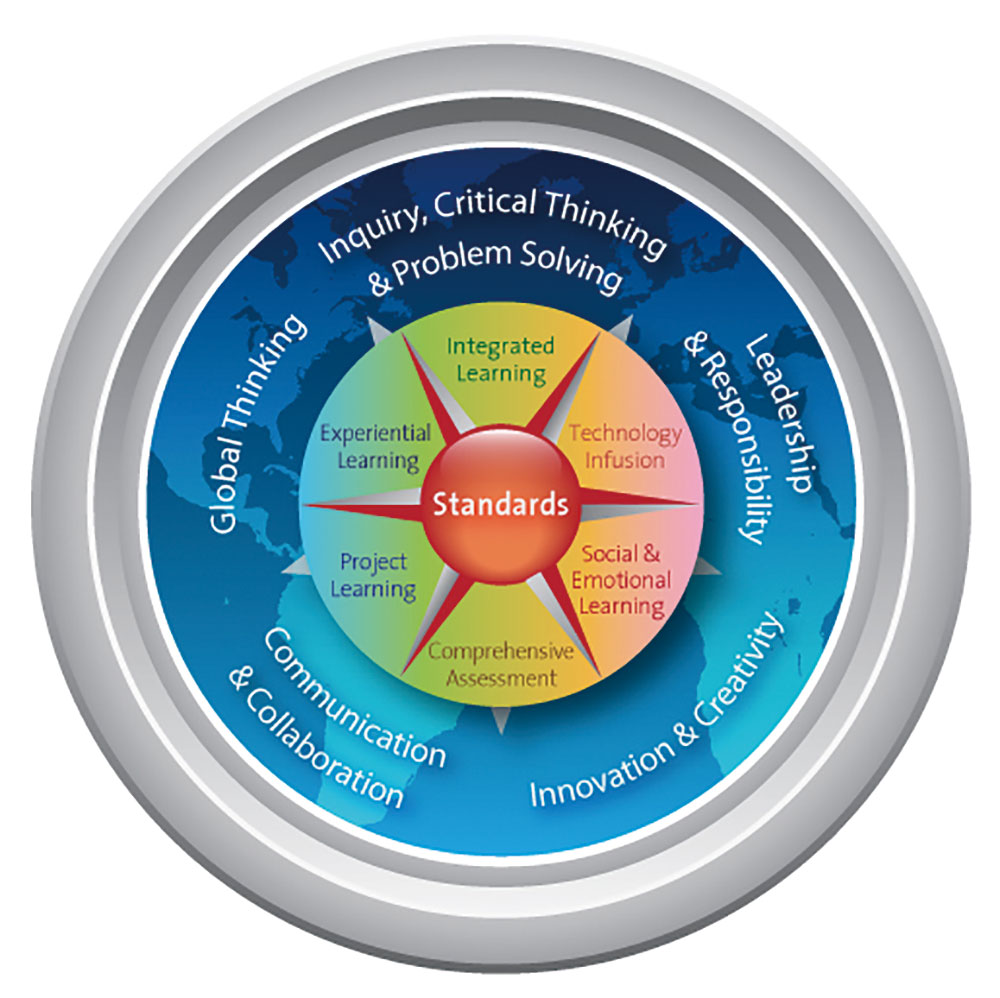
Making Connections
The abundance of platforms and channels available to schools does make it easy for them to have their own personalized approach. Each school’s unique way of helping tackle issues such as cultural exchange and global awareness lies in the approach students use to interact and communicate locally and globally.
“In a unit called “Kids Are Kids,” Grade 1 students work on creating original books for a local Beijing elementary school in both English and Chinese as a way to highlight similarities of students around the world. This involves connecting with those classrooms both virtually and in person in order to get to know one another and then self-publishing our finished creations to a wider, authentic audience.”
BWYA’s latest initiative is a self-hosted WordPress platform, Share@BWYA, for students to display and share with the BWYA community what they have learned. Teachers use Share@BWYA to develop individual department online galleries where students can showcase their work in areas such as Product Design, Digital Design, Visual Arts, and Physical Education.
ISB’s Hamada shares three “best practices” to consider when personalizing students’ learning experience through project-based, inquiry-based, and experiential learning:
1. The technology is not the outcome; if it ever feels like it is getting in the way then there is room for improvement and more planning to be done.
2. There is no magical app that does it all. Transformative use of educational technology often is the product of “app smashing”.
3. Try to use “open ended” apps that allow students the freedom to choose how they want to use that show their learning. This gives students the creative room to apply critical thinking skills as well as transfer their learning to novel situations.
BWYA’s Devillier says that learning through authenticity is one of the most crucial uses of technology as students can create and share their learning, passions, and creations with a much wider audience. “Most importantly, this digital stage allows students to join in a global discussion about the challenges they face in their lifetimes.”
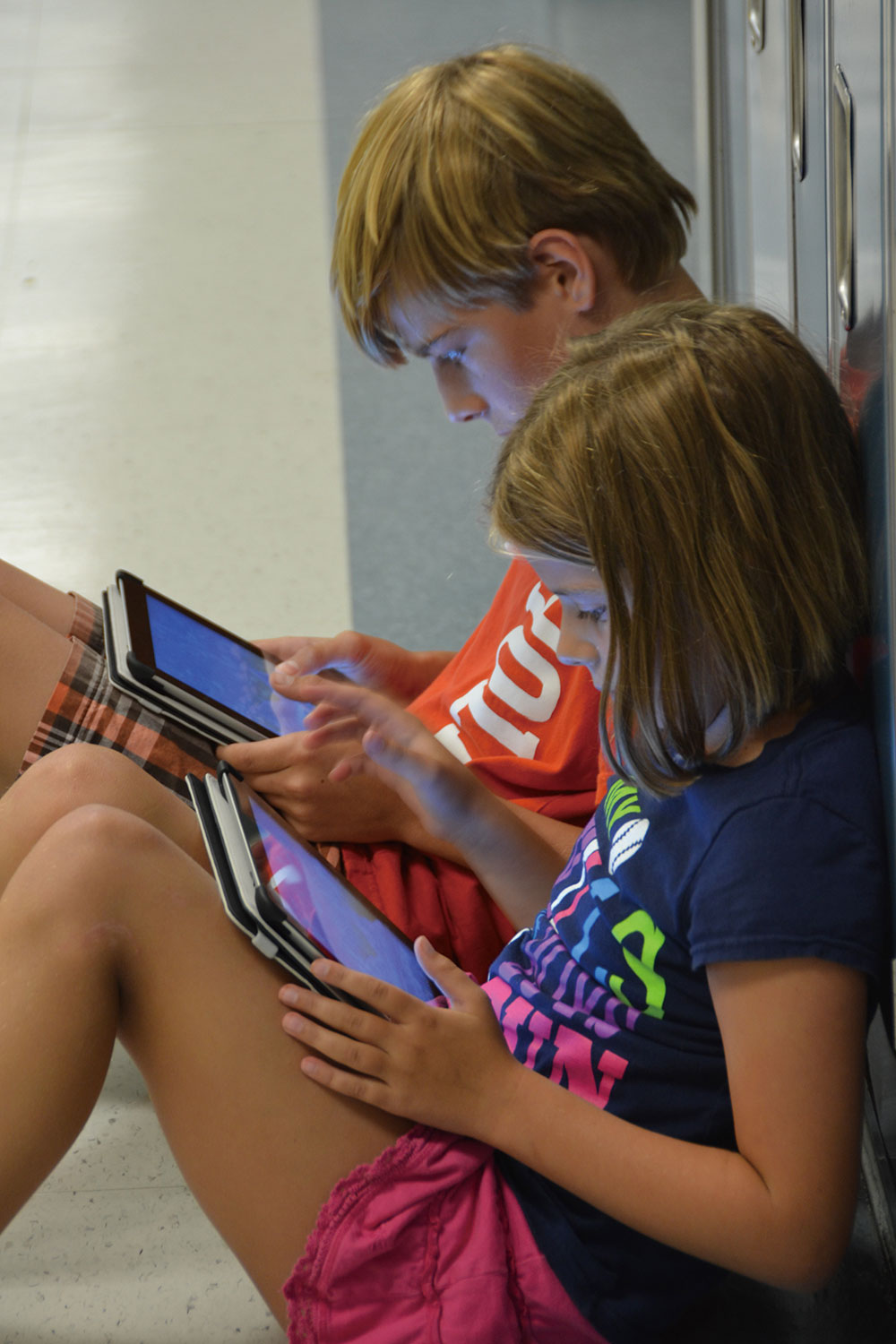
Resources
International Baccalaureate: www.ibo.org
P21 (Partnership for 21st Century Learning) www.p21.org
Moodle: www.moodle.org
International Primary Curriculum: www.greatlearning.com
Sir Ken Robinson Ted Talks: www.ted.com/talks?sort=newest&q=Sir+Ken+Robinson+
Sugata Mitra Ted Talks: www.ted.com/talks?sort=newest&q=Sugata+Mitra
This article originally appeared on pages 28-30 of the October 2016 Issue of beijingkids magazine. Click here for your free online copy. To find out how you can obtain a hard copy, contact distribution@truerun.com.
PHOTOS: COURTESY OF ISB, BWYA, KJARRETT, FLICKINGERBRAD (FLICKR)


